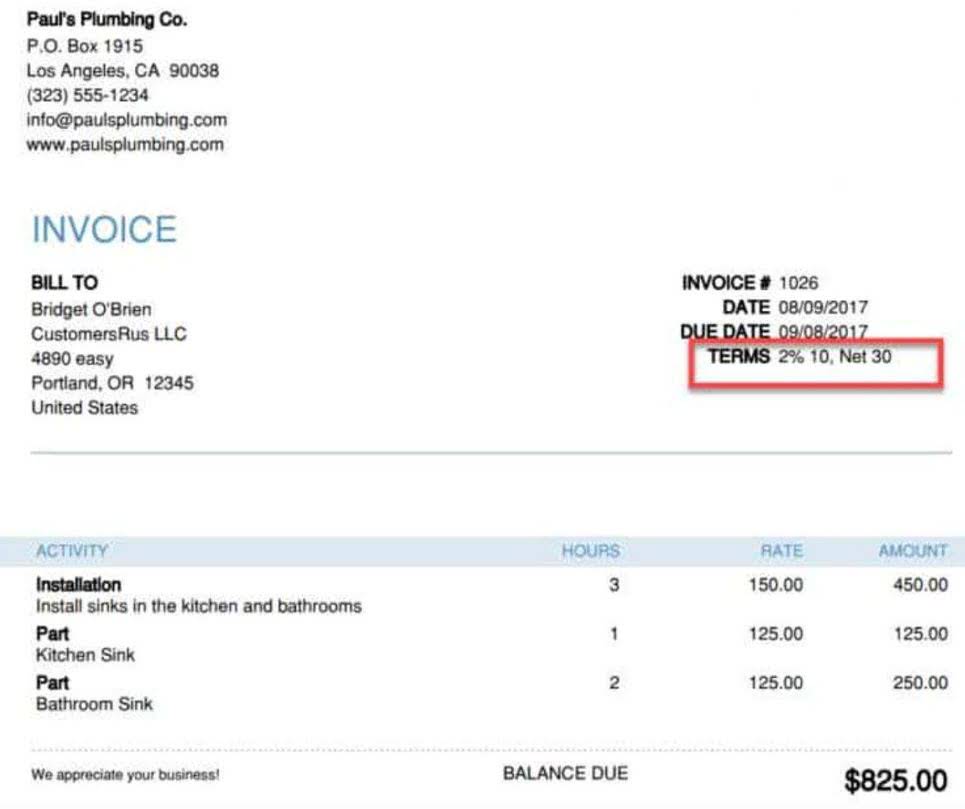
Service revenue earned and collectedCompany XYZ provides and collects $2,000 in cash for repair services, increasing both Cash (asset) and Service Revenue (revenue). Service revenue earned but uncollected (On credit)On May 10th, Company XYZ invoices a client for $300 worth of service, with payment due within 20 days. This increases Accounts Receivable and Repair Service Revenue. After recording the amounts, subtract the smaller total from the larger total to calculate the account balance. After reviewing the transactions, prepare the necessary journal entries and post them to the necessary T- Accounts. After a few days of receiving the invoice for the rent, i.e., on April 7th, 2019, Mr. X makes the same payment.
Journal Entry 1
The debit entries recorded on the left side of a T-account must be equal to the credit entries on the right side. If they don’t balance, it’s important to double-check your books, as this usually indicates an accounting error that needs correction. All debit entries are placed on the left side of the T-account, and all credit entries are placed on the right side of the T-account.
Why Do Accountants Use T Accounts?
For example, Supplies and Supplies Expense are two different accounts. Insurance could be Prepaid Insurance or Insurance Expense. When a business owner opens a business, they are turning personal funds into business funds. The business now owes that investment back to the business owner.
How do T accounts help in preparing financial statements?
- This and other summary accounts can be thought of as a clearing account.
- As a young accountant I had to determine the effect of a new FASB standard on my employer’s financial statements.
- Other examples include (1) the allowance for doubtful accounts, (2) discount on bonds payable, (3) sales returns and allowances, and (4) sales discounts.
- For example, interest earned by a manufacturer on its investments is a nonoperating revenue.
- Conversely, debit entries increase the account for expense accounts, and credit entries decrease it.
As the entry shows, the bank’s assets increase by the debit of $100 and the bank’s liabilities increase by the credit of $100. The bank’s detailed records show that Debris Disposal’s checking account is the specific liability that increased. Temporary accounts (or nominal accounts) include all of the revenue accounts, expense accounts, the owner’s drawing account, and the income summary account. Generally speaking, the balances in temporary accounts increase throughout the accounting year.
- Accounting textbooks use two accounts with the word “Supplies”– Supplies (an asset), (sometimes called Supplies Asset), and Supplies Expense.
- The T-account can also be used in determining the proper account balance or to determine the amount to be entered in order to arrive at a desired balance.
- The account balances are calculated by adding the debit and credit columns together.
- Adjusting entries are frequently prepared using T-accounts.
- Your bank statement (like the general ledger) shows your overall checking account balance.
- The total difference between the debit and credit columns will be displayed on the bottom of the corresponding side.
TIME CONSUMING AND COSTLY

For example, Accumulated Depreciation is a contra asset account, because its credit balance is contra to the debit balance for an asset account. This is an owner’s equity account and as such you would expect a credit balance. Other examples include (1) the allowance for doubtful accounts, (2) discount on bonds payable, (3) sales returns and allowances, and (4) sales discounts. The contra accounts cause a reduction in the amounts reported. For example net sales is gross sales minus the sales returns, the sales allowances, and the sales discounts.

And even though automated accounting systems use the same theory behind the posting process, some do not show the inner workings of accounts in normal balance their interface. The left side of the Account is always the debit side and the right side is always the credit side, no matter what the account is. The standard T-account structure starts with the heading including the account name. The left column is always the debit column while the right column is always the credit column. By default, account related notifications are sent to your new Gmail address, or to your non-Google email if you signed up with a different email address.
- T accounts serve as the basis for preparing financial statements by providing a detailed record of transactions for each account.
- A T-account is a demonstration of a general ledger account in visual form.
- A company has the flexibility of tailoring its chart of accounts to best meet its needs.
- Liabilities often have the word “payable” in the account title.
- The entry on the books of the company at the time the money is received in advance is a debit to Cash and a credit to Customer Deposits.
- You might think of G – I – R – L – S when recalling the accounts that are increased with a credit.
Discover more from Accounting Professor.org

All account balances must line up in a general ledger where the credits and debits are recorded. One t account reason why a ledger account is sometimes known as a T-account is because the visual look of the ledger journal of separate accounts resembles a T-shape. The T-Account debit side (left side) is usually a rise for asset accounts, such as accounts receivable, inventories, cash, PP&E, etc. On the other hand, the credit side (right side) represents a decline in the asset account.
What is the relationship between T accounts and the accounting equation?
In the Salaries Expense T-Account, the $7,300 deposit goes on the left (debit) side of the account because the expense is increasing. In the Auto Expense T-Account, the $1,380 expense amount goes on the left (debit) side of the account because the expense is increasing. In the Miscellaneous Expense T-Account, the $1,800 expense amount goes on the left (debit) side of the account because the expense is increasing. In the Accounts Receivable T-Account, the $30,800 record of what is due to the company goes on the left (debit) side of the account because Accounts Receivable is increasing. In the Rent Expense T-Account, the $8,300 deposit goes on the left (debit) side of the account because the expense is increasing.
T-Account in Accounting Key Takeaways
T-accounts primarily focus on current transactions and AI in Accounting balances, providing limited historical context. While they track changes in account balances over time, they do not offer comprehensive historical data or audit trails. Accrual accounting, a fundamental principle in financial reporting, recognizes revenue and expenses when incurred, regardless of cash flow timing. T-accounts, primarily designed for cash-based transactions, may not adequately accommodate accrual accounting principles. These are the things your business owns, like cash, inventory, equipment, and buildings.
